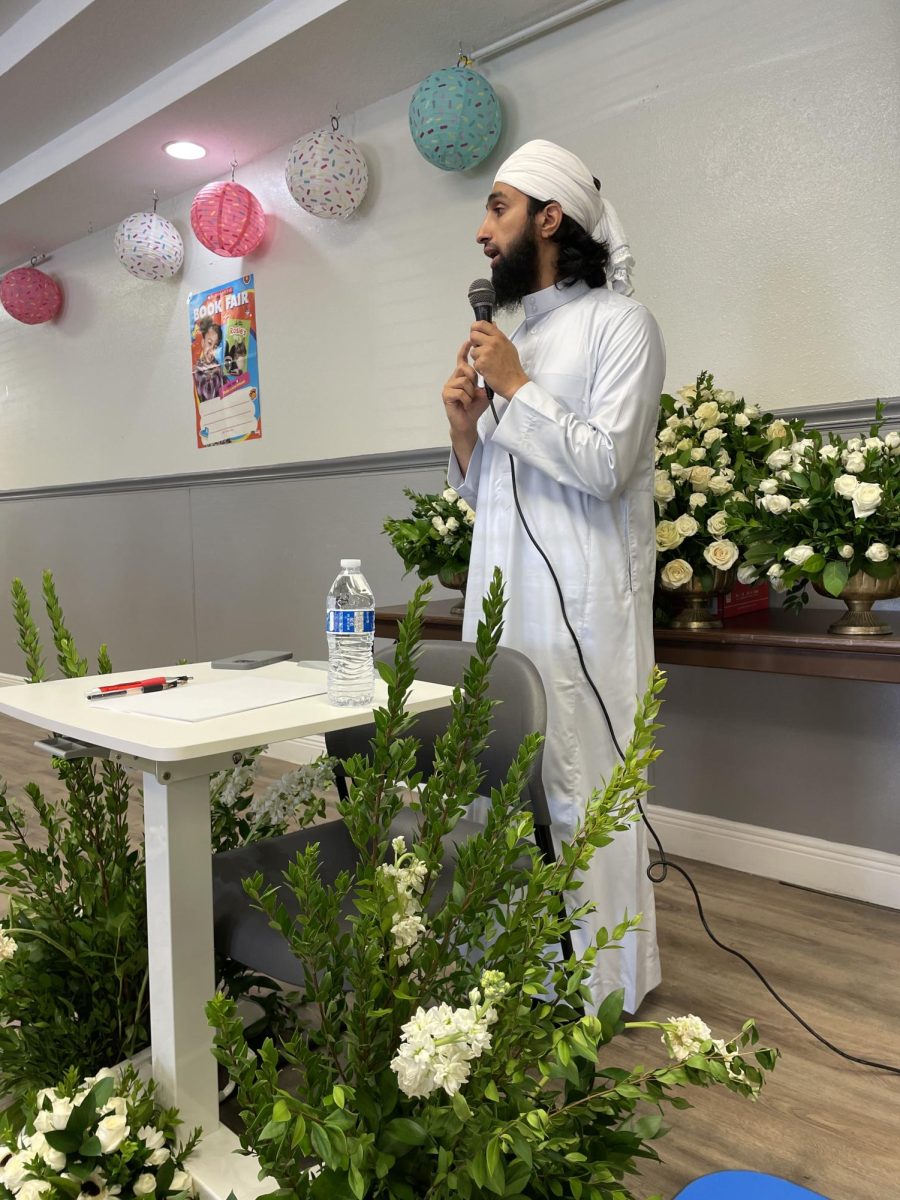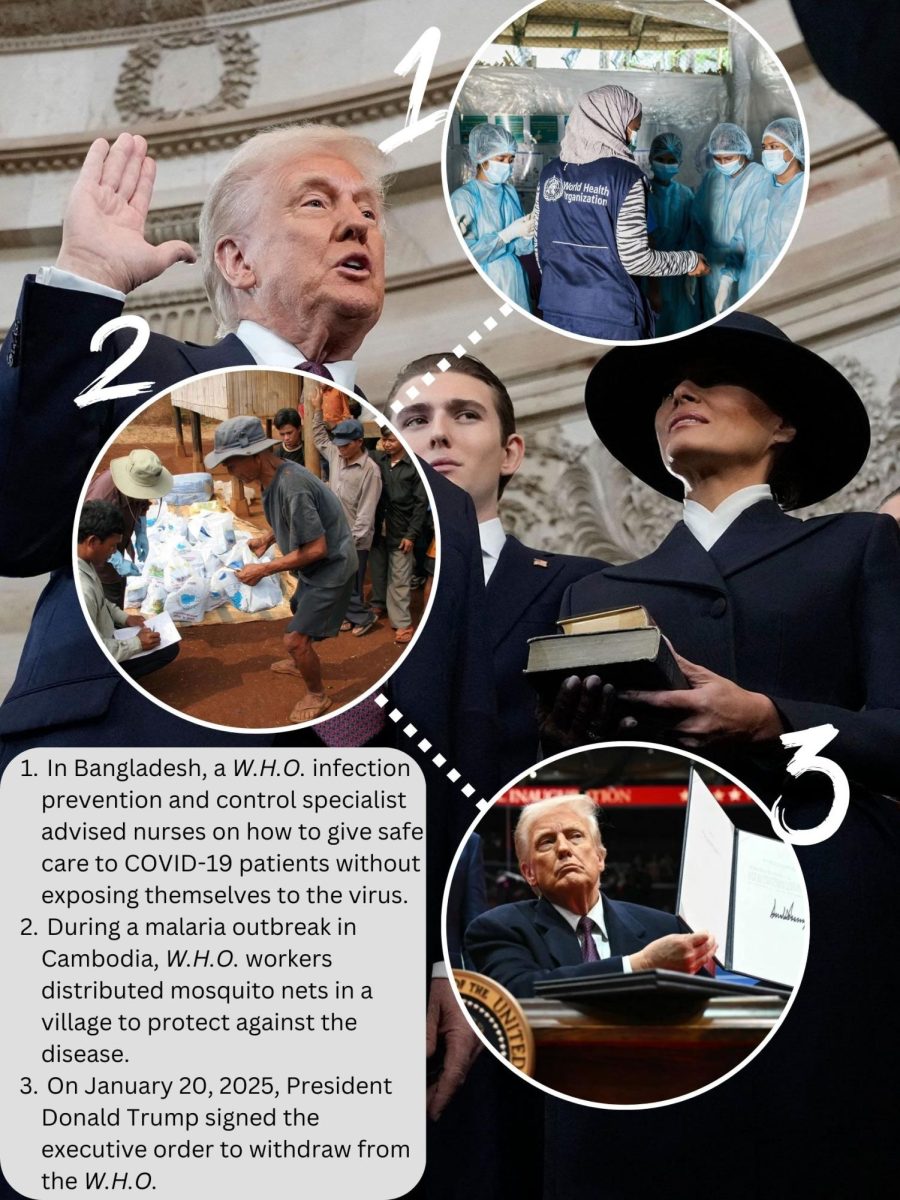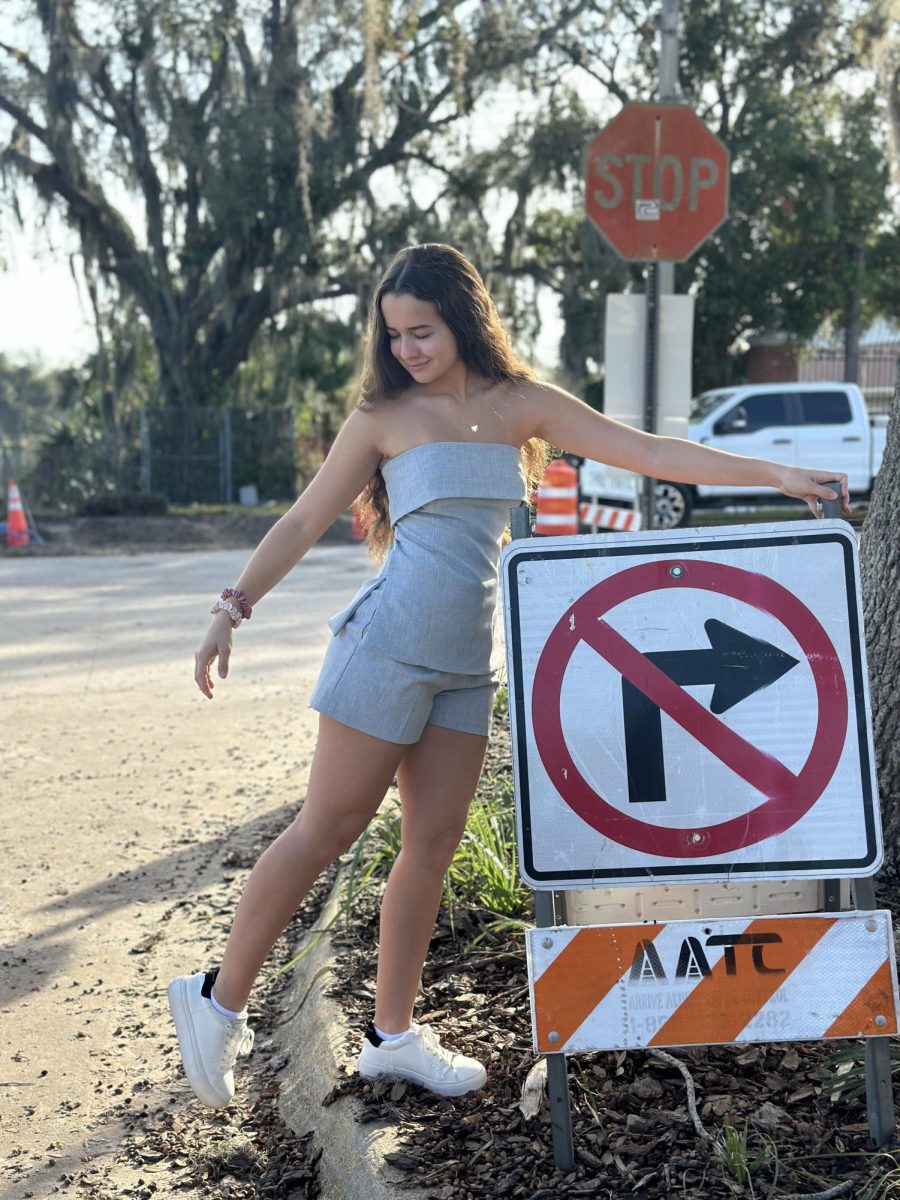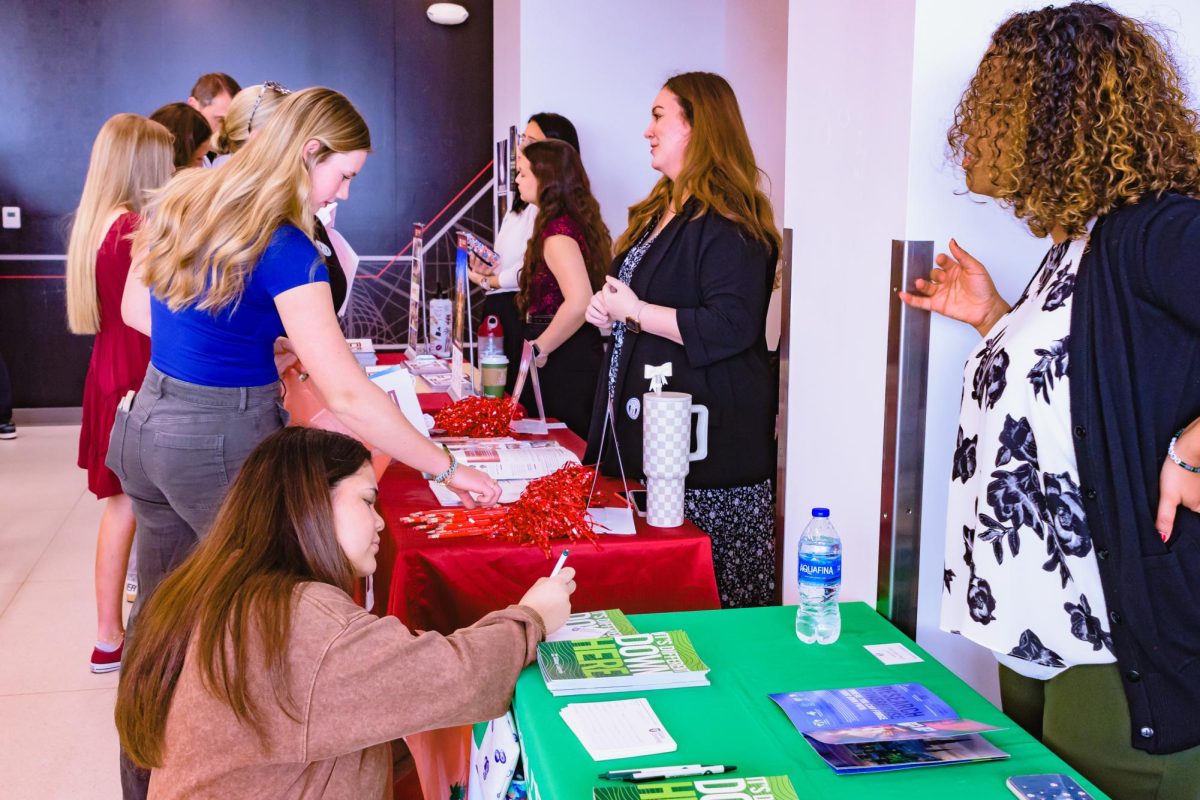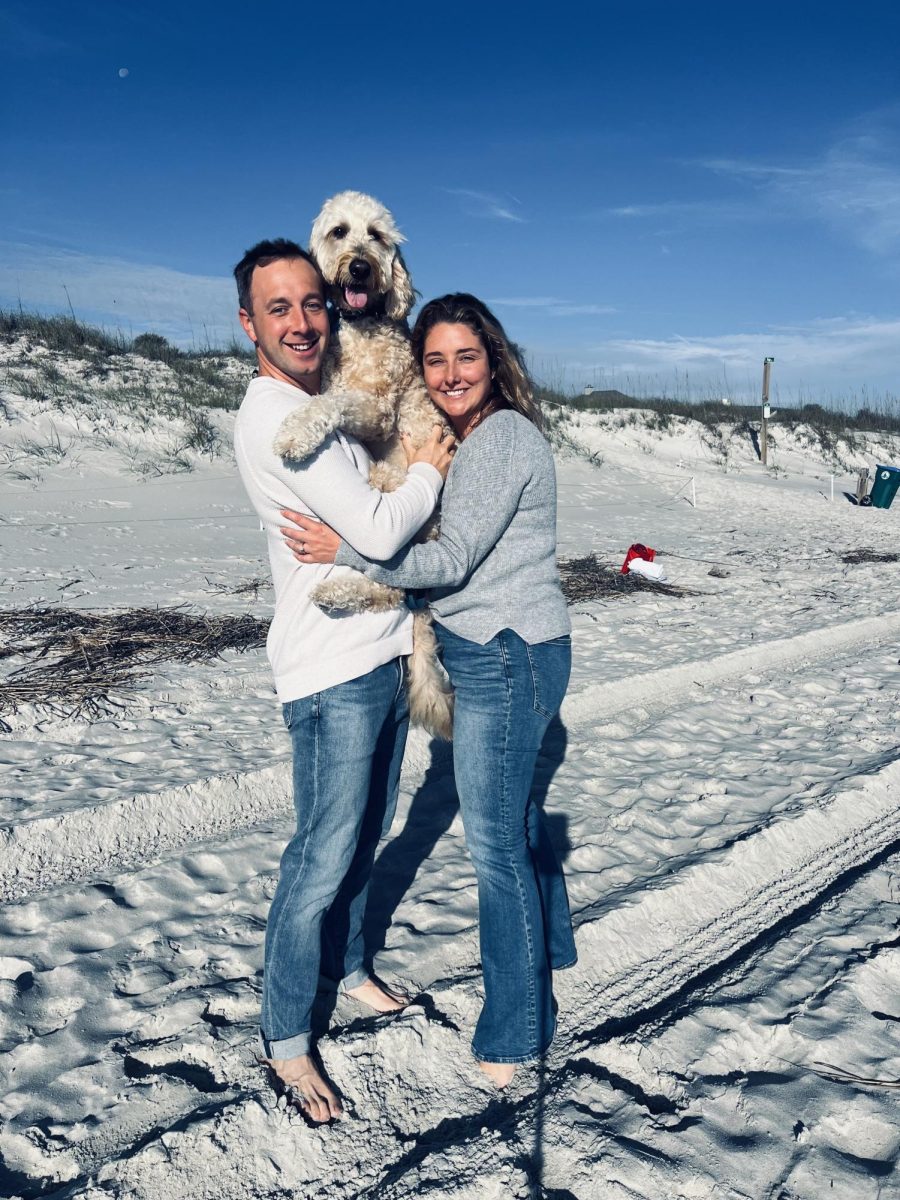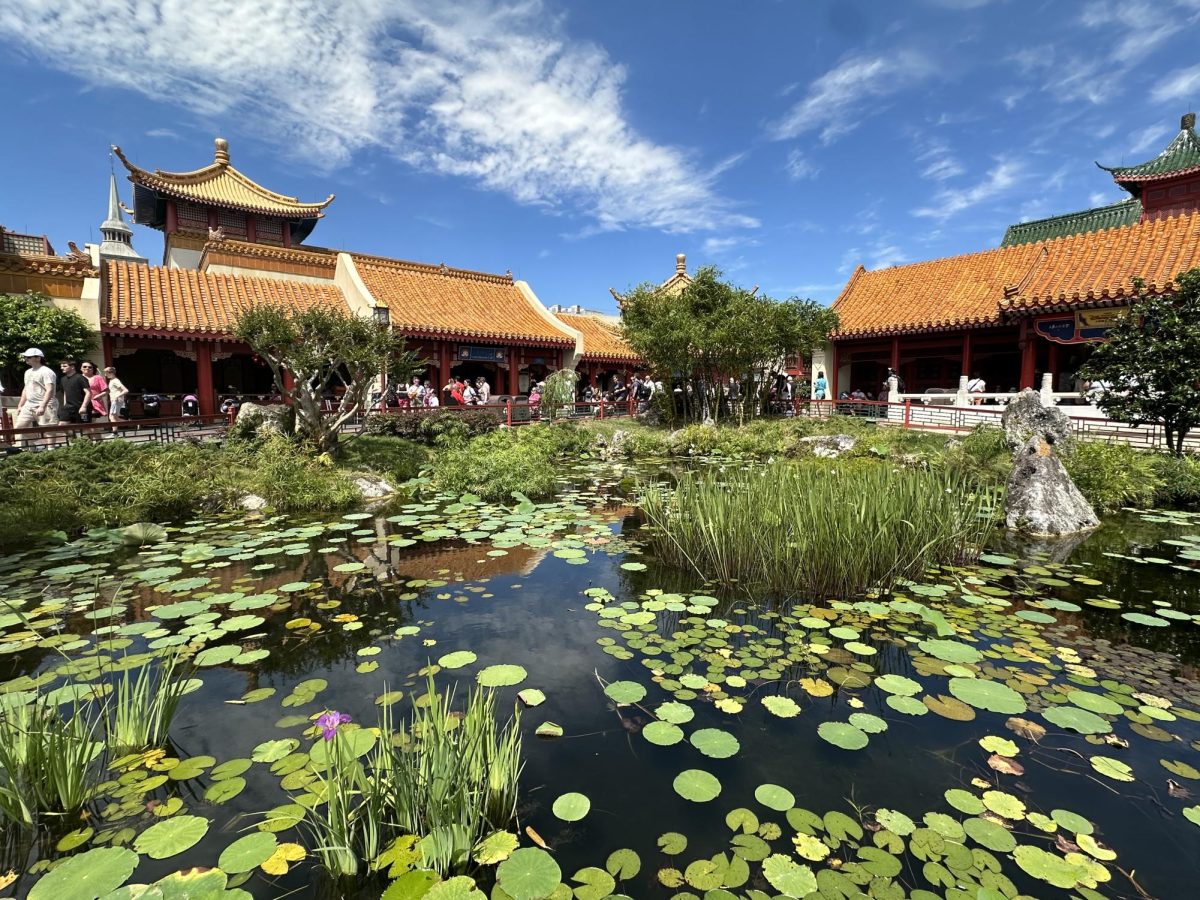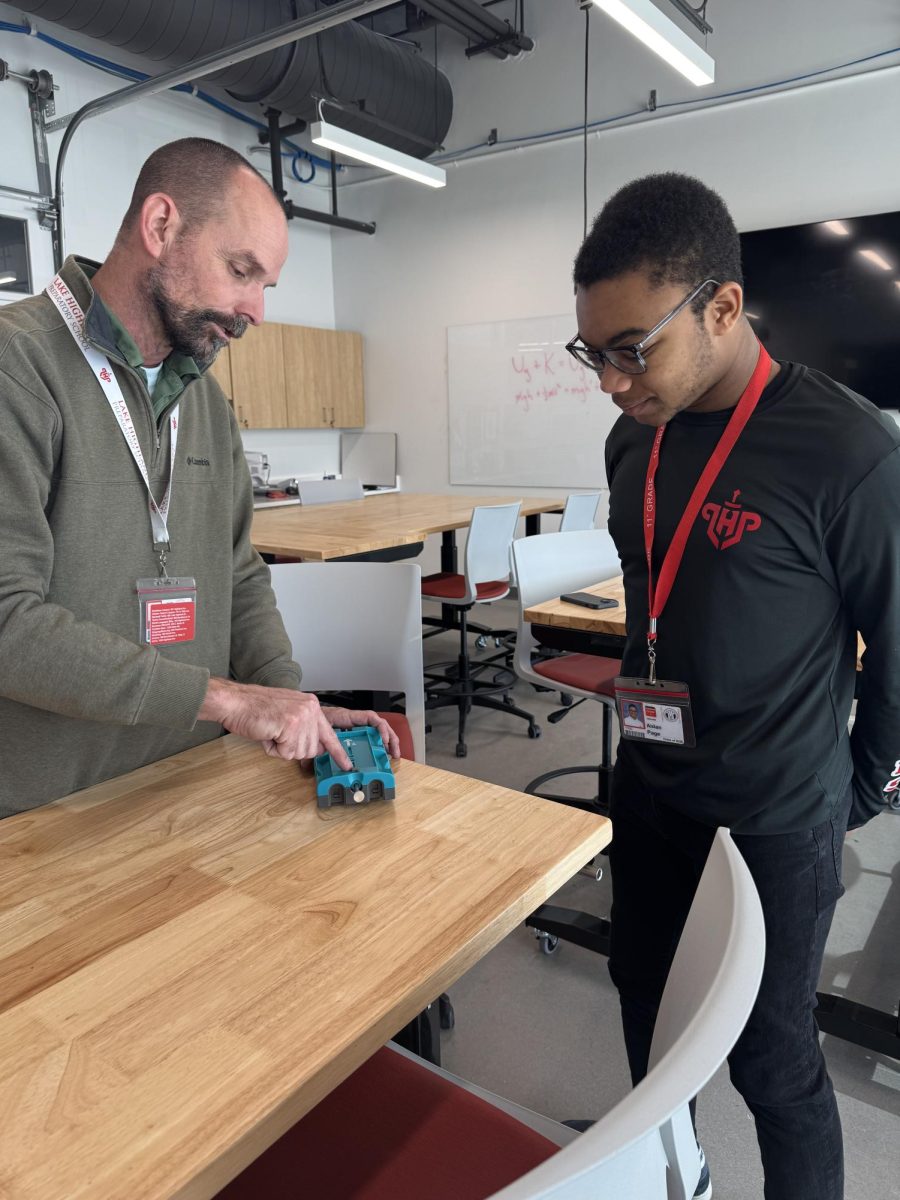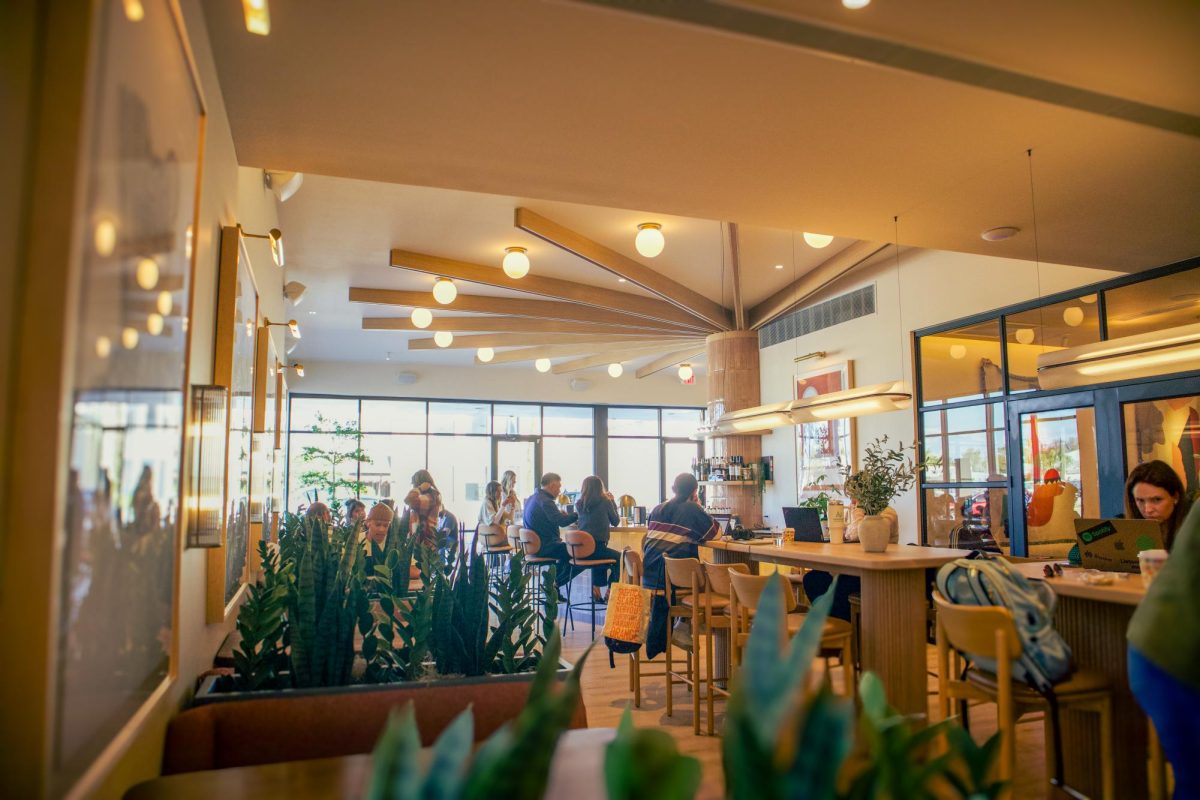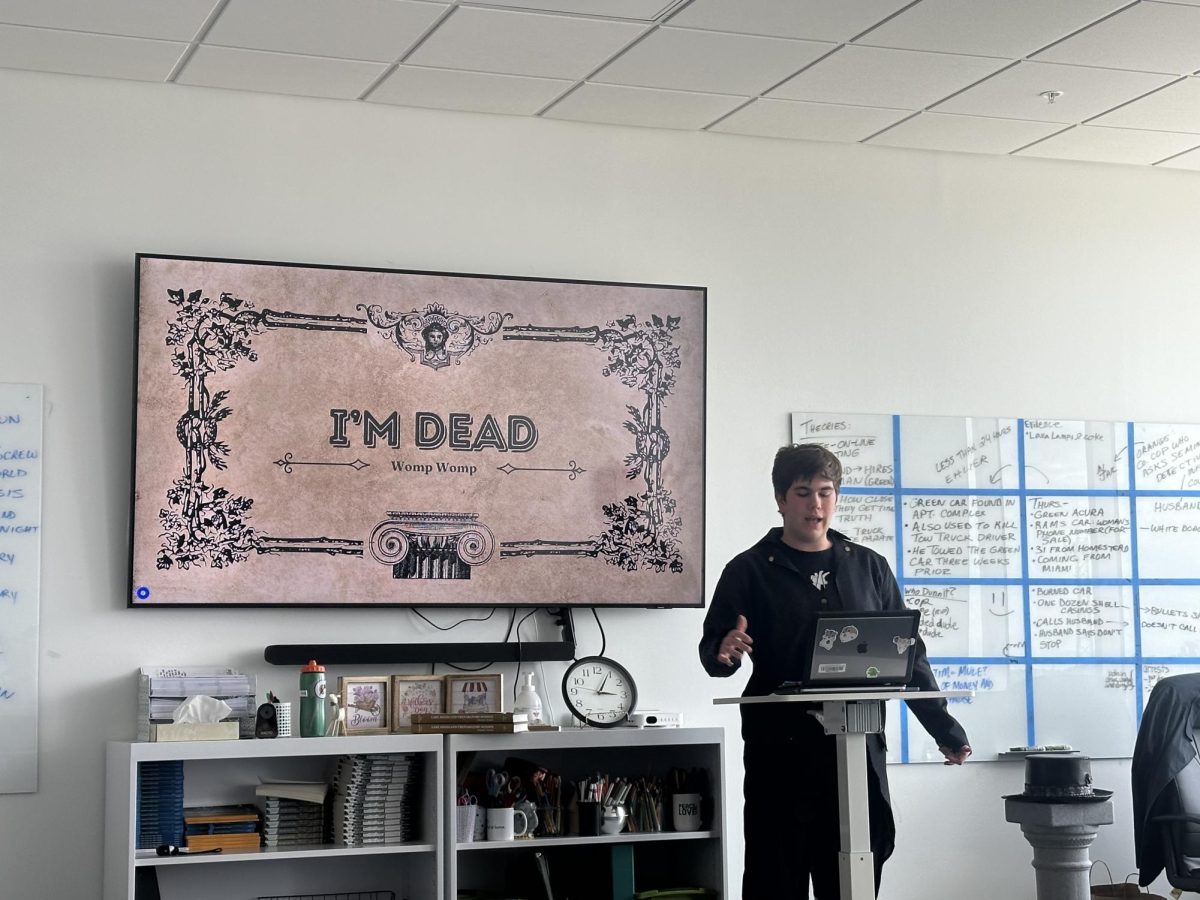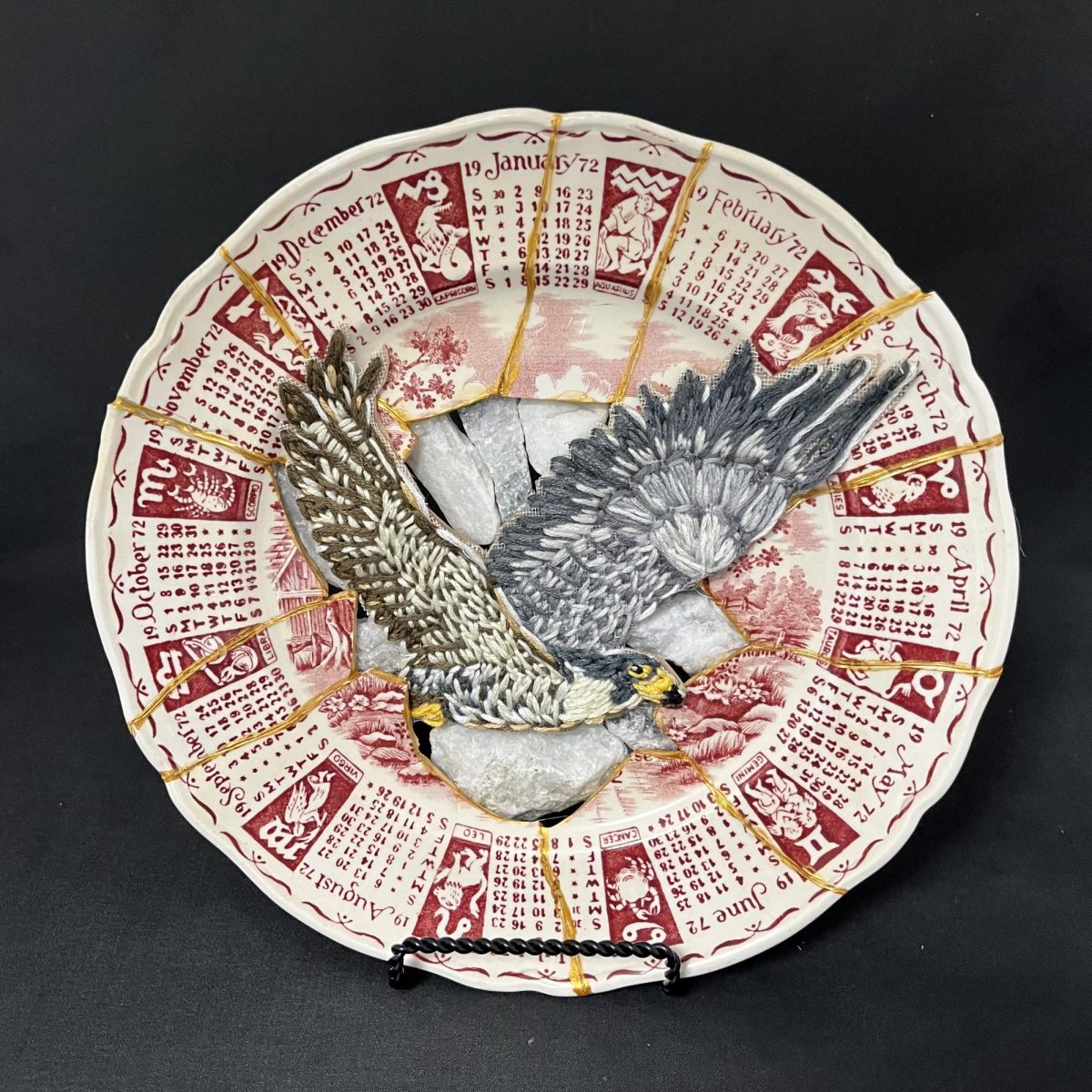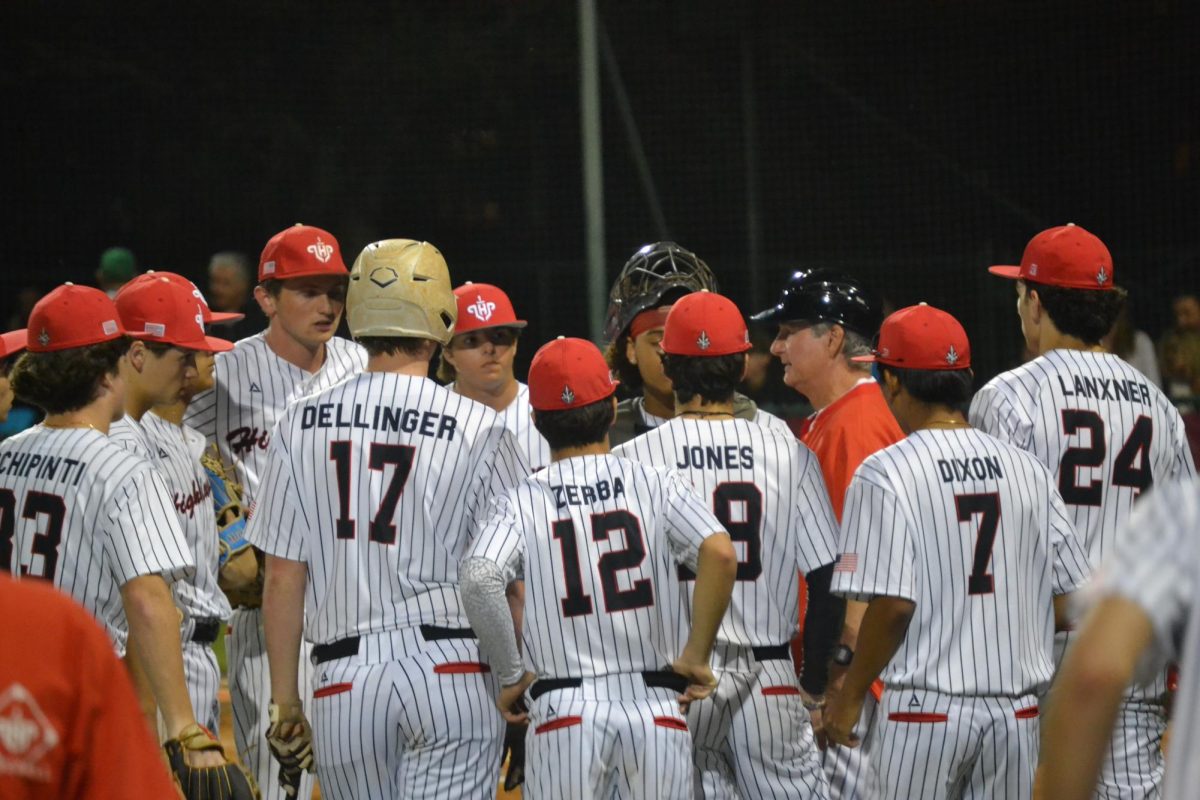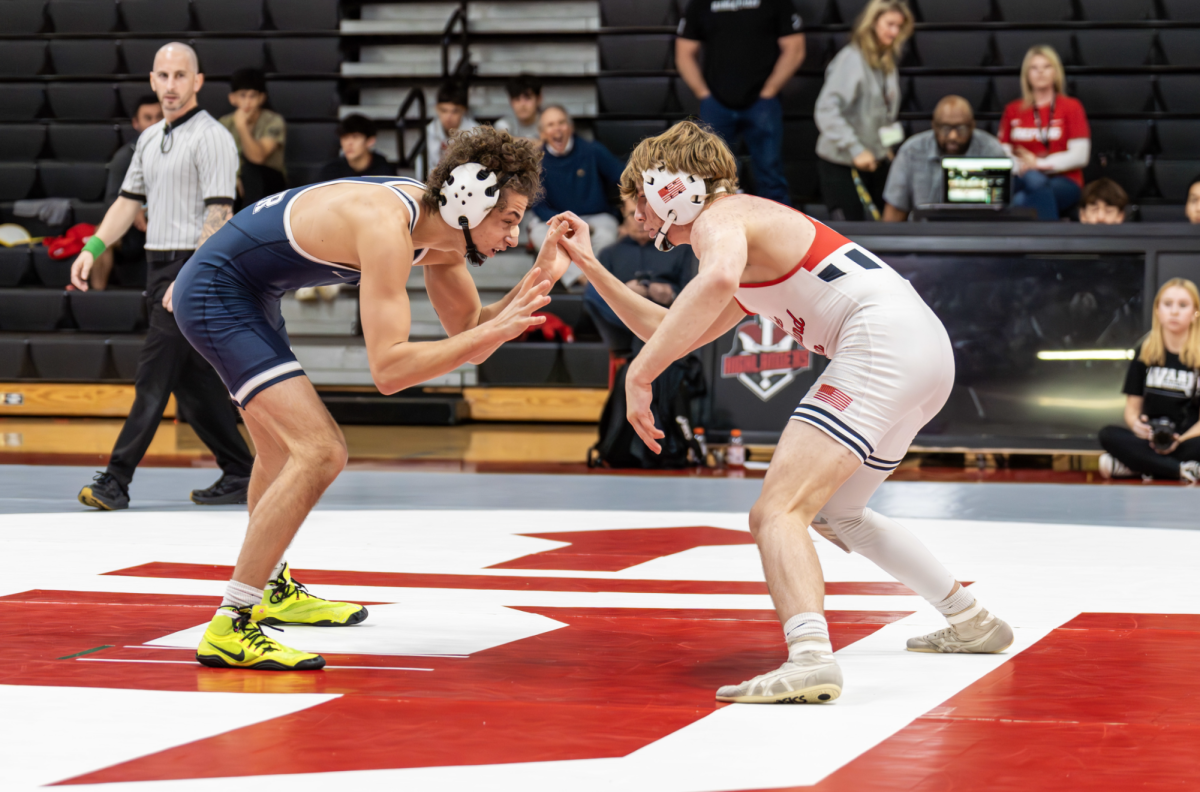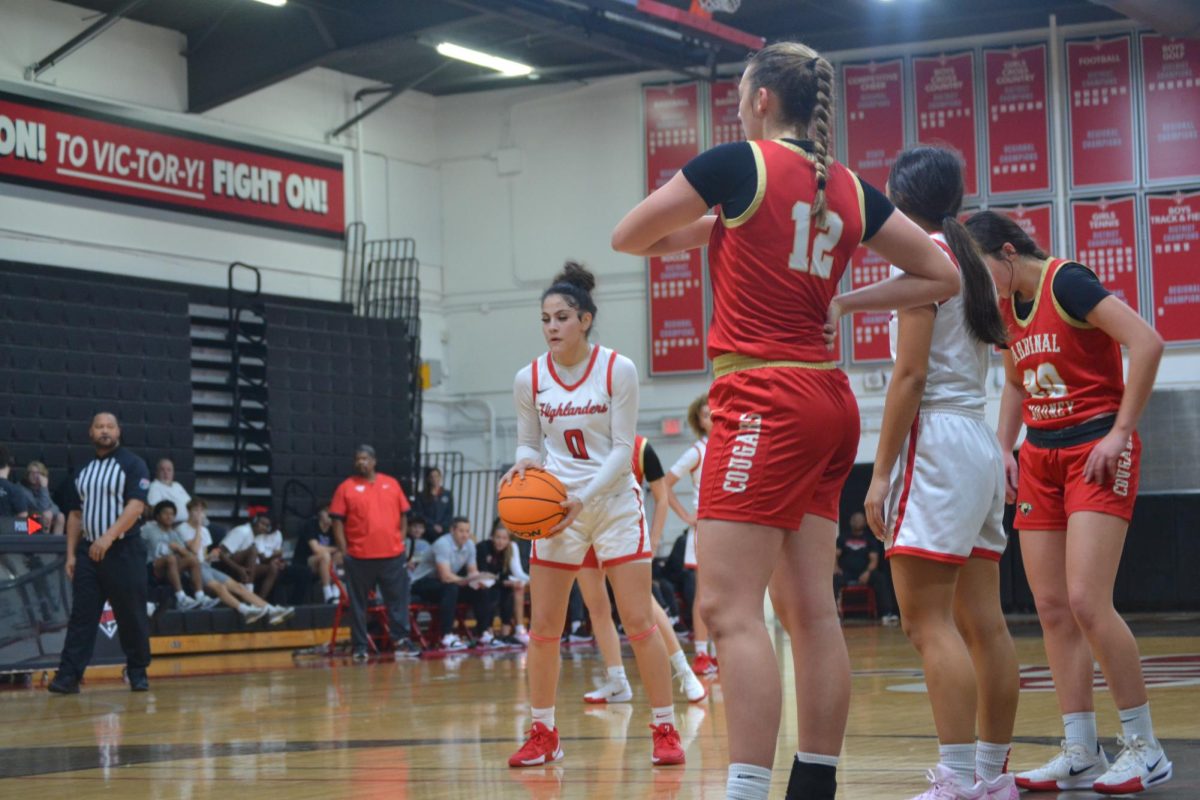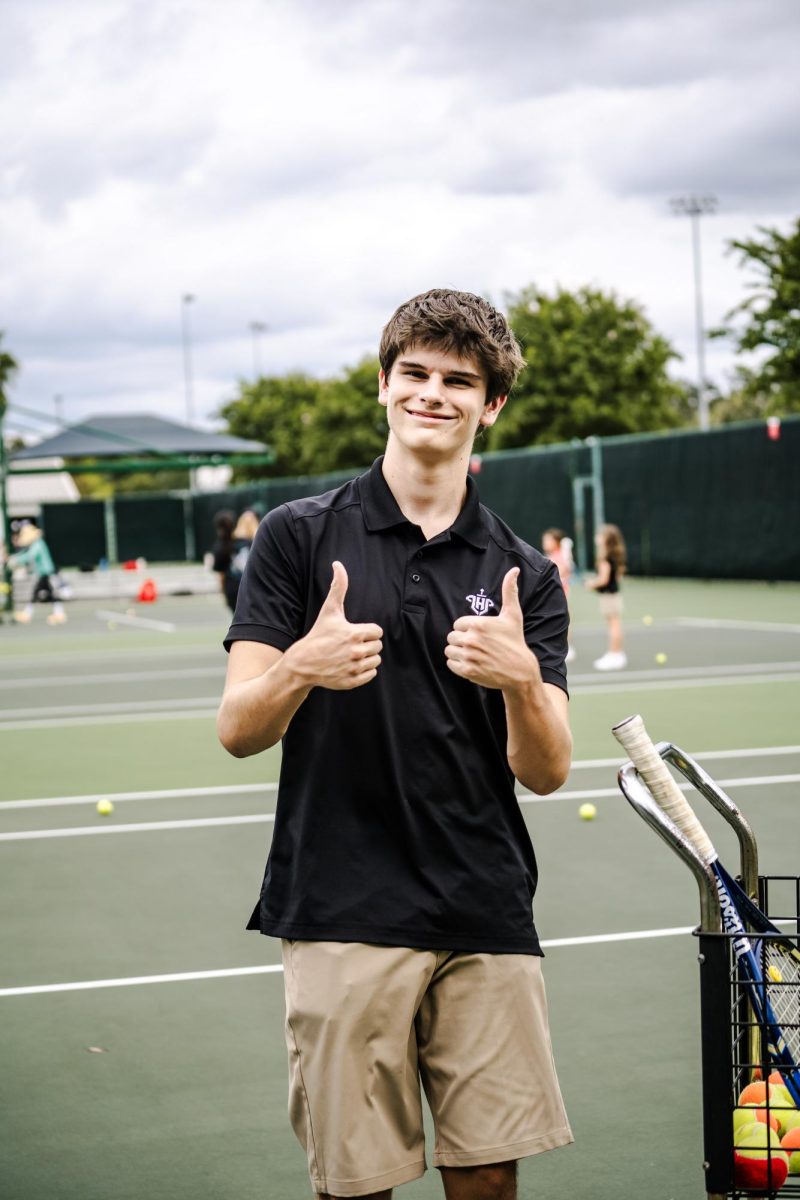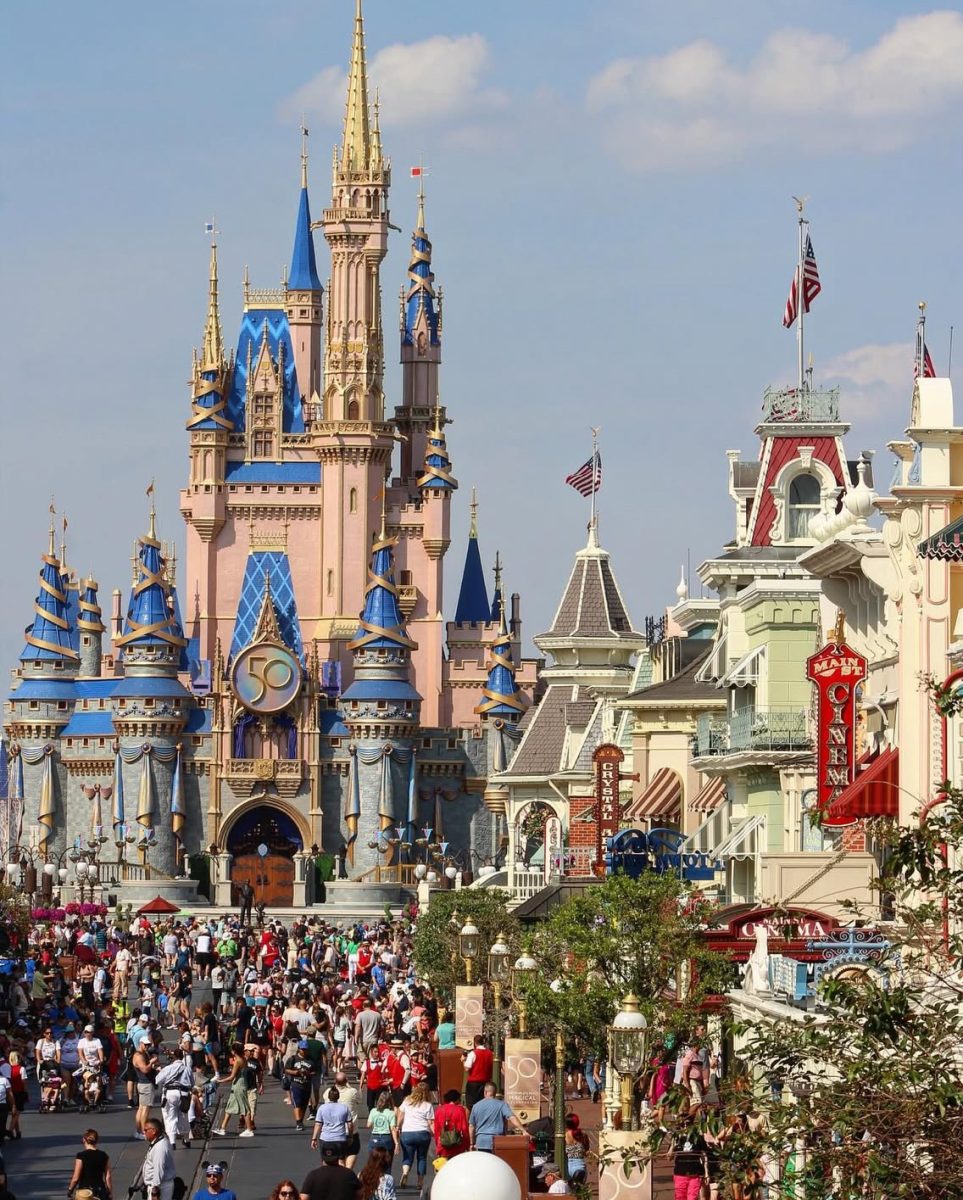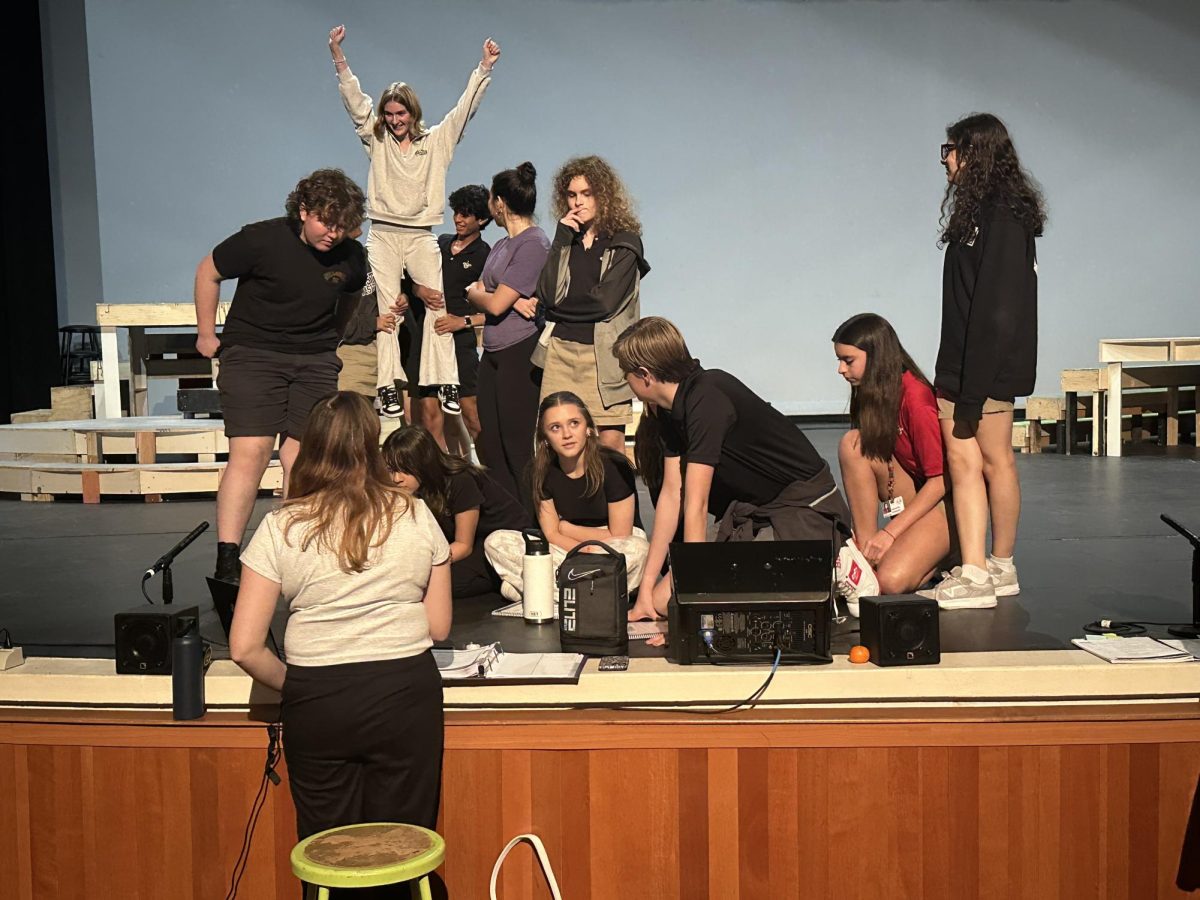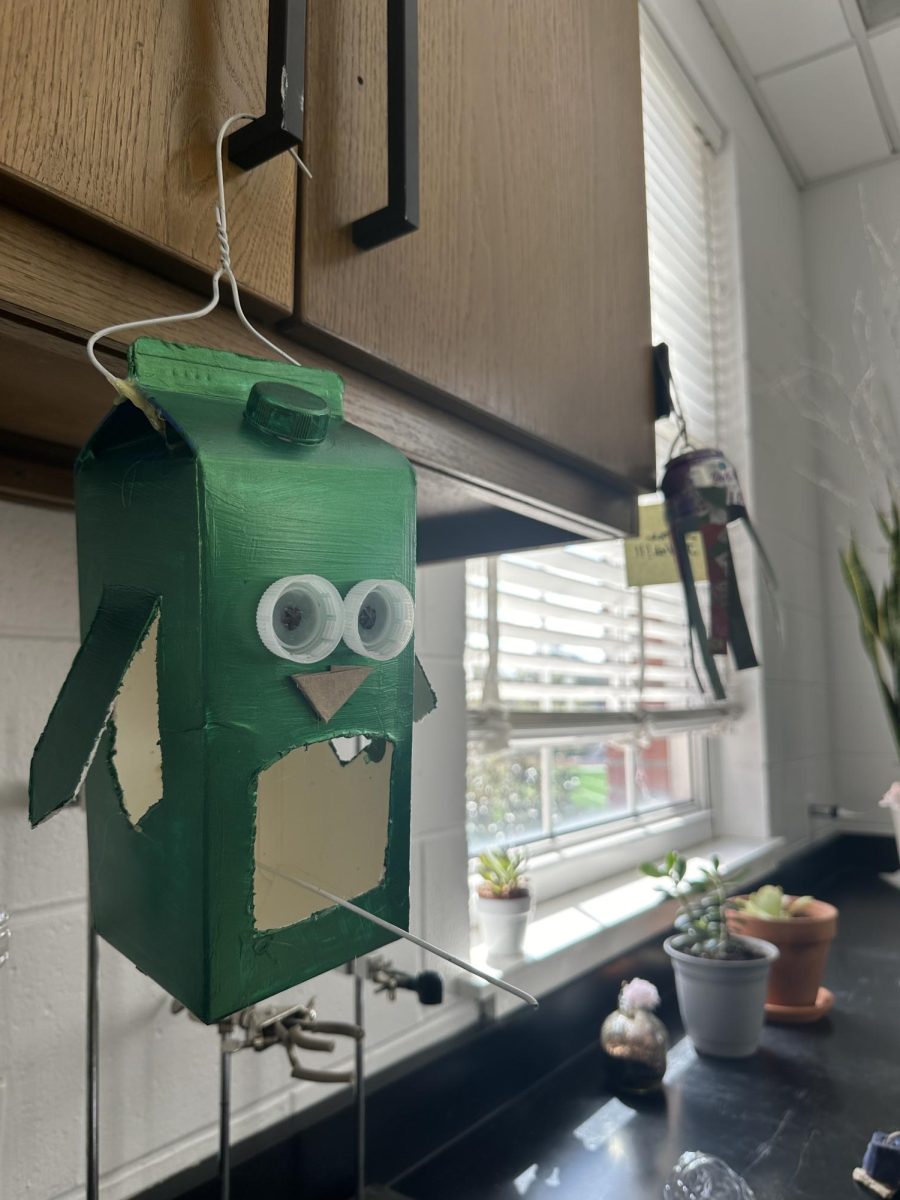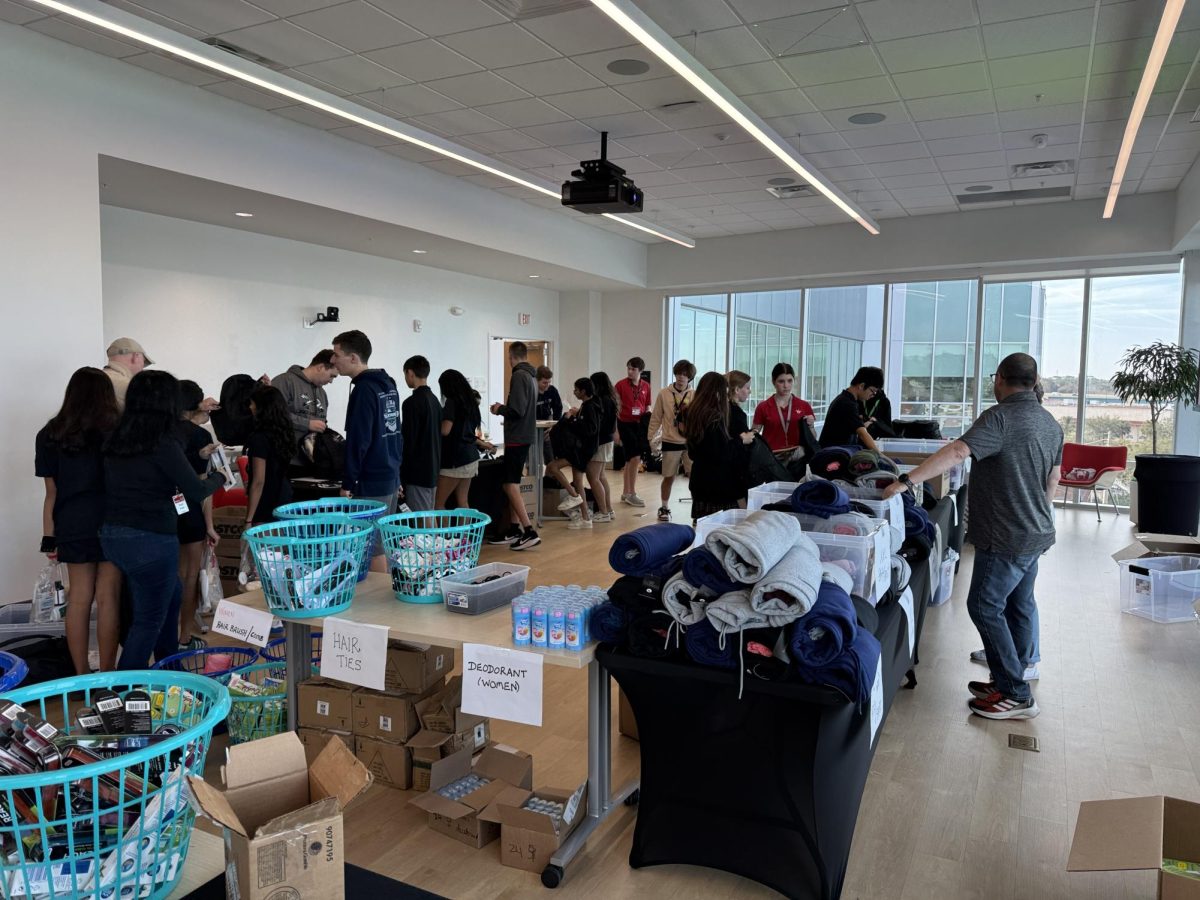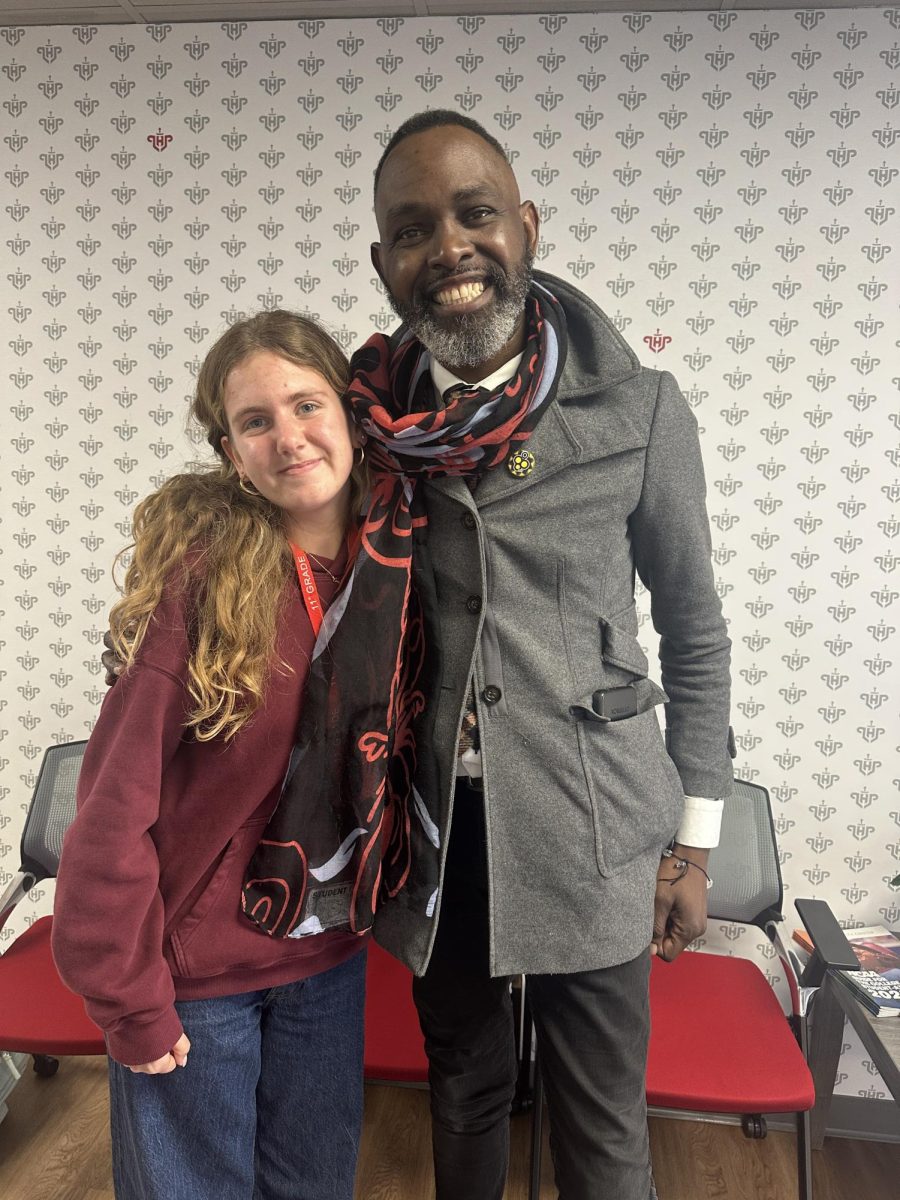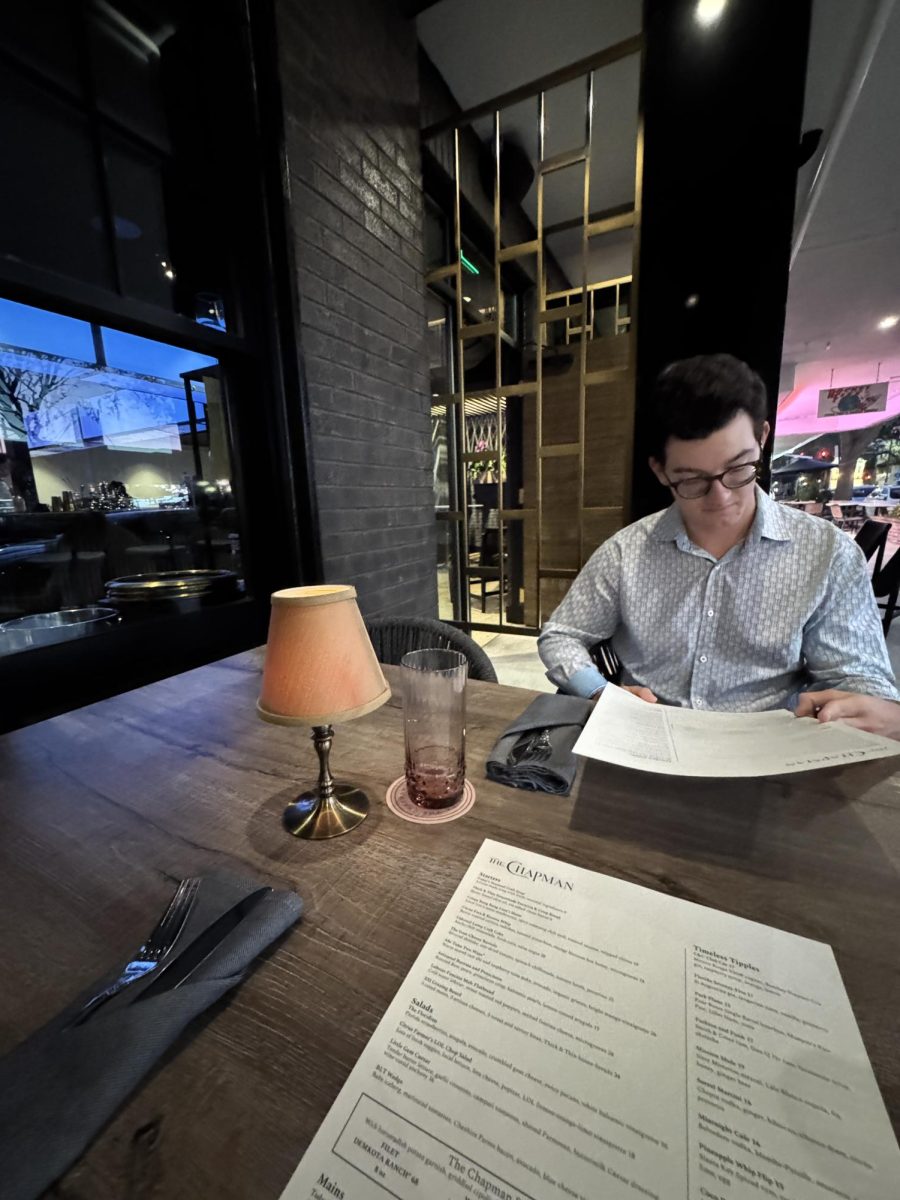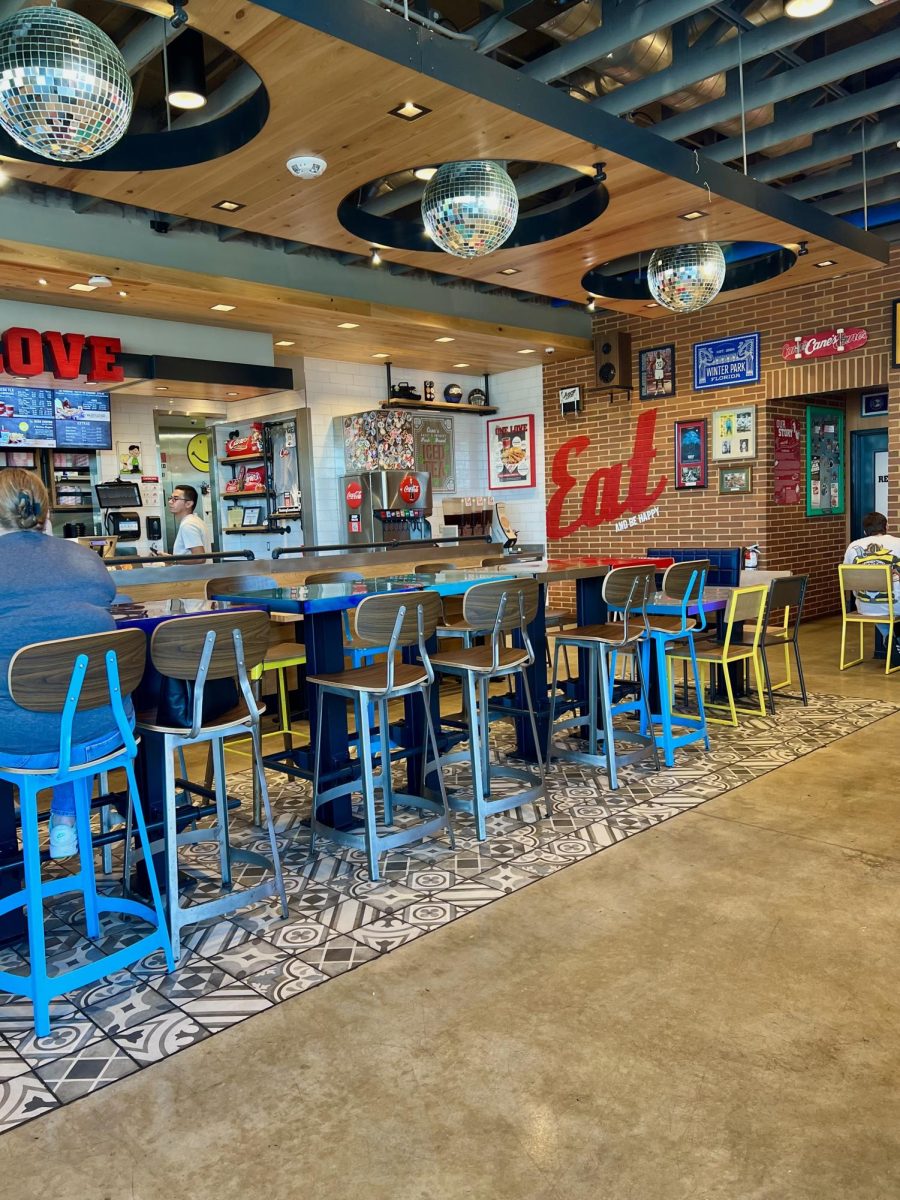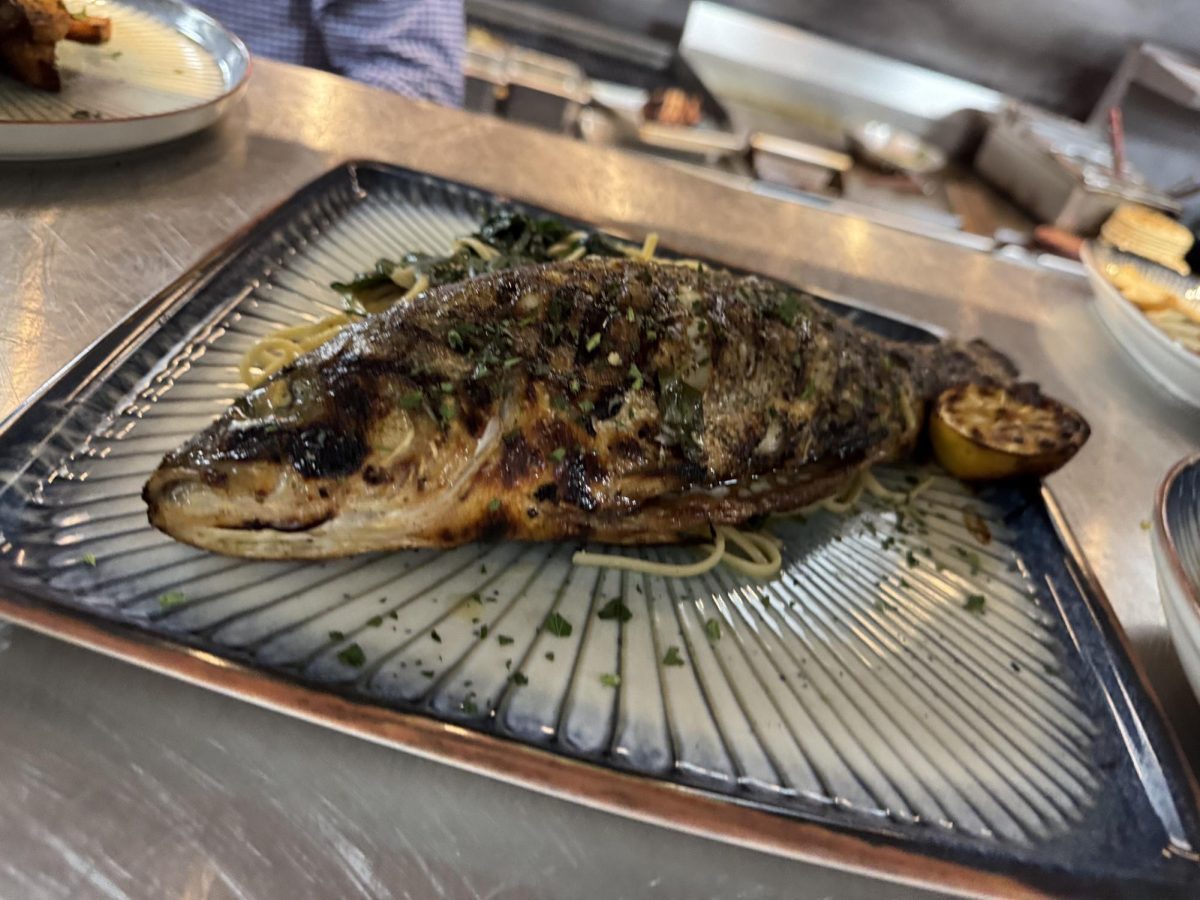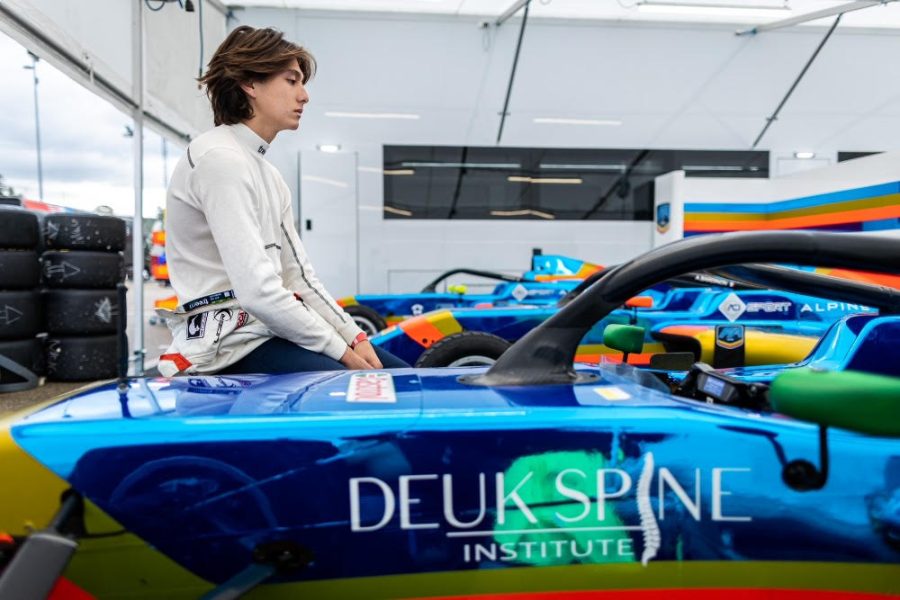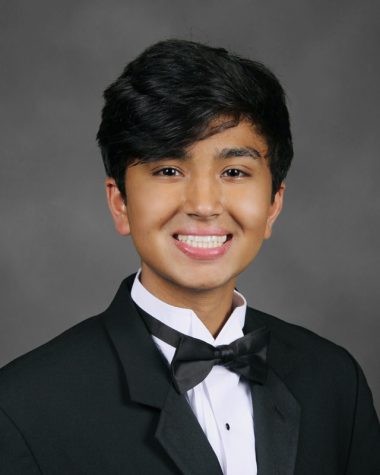Behind the Wheel with Arias Deukmedjian
Photo courtesy of Arias Duekmedjian.
Arias prepares himself before hopping in the Formula Regional Tatuss cockpit for his qualifying session in Sardinia, ultimately proving to be sucessful.
February 7, 2022
Growing up, most children desire to become a part of the next generation of athletes. Whether aspiring to become the next Michael Jordan or revolutionizing the industry like Serena Williams, traditional sports—basketball, football, and soccer, to name a few—have been perceived as the conventional method of creating a name for oneself in athletics. For Arias Deukmedjian, grade 12, sitting in a single-seat, open-wheel racing car, driving at dangerously high speeds in Formula racing has always been his dream.
But, what is Formula racing? Outside of the elite racing connoisseur, the general public seems to lack knowledge in that subject. Formula racing, also known as open-wheel racing in North America, covers a wide range of categories. While Formula Three, Two, and One represent the most competitive realm of single-seater motorsport on the planet, other categories like Formula E offer an opportunity to explore electric vehicles. In addition, due to America’s widespread popularity and understanding of Nascar’s circular track racing, most assume the same for open-wheel.
However, it’s not the case. Because Formula entails far more complex stratifications and intricate circuits, the risk-to-rewards ratio is significantly larger, disincentivizing mass involvement and increasing competitiveness. However, there are still opportunities to break into the sport. Most drivers like Arias start their career by kart racing—the ultimate training ground to garner the needed skills to flourish in Formula cars. For Arias Deukmedjian, he notes, “I began karting when I was seven years old and have since transitioned into openwheel racing two years ago…I’ve always had a natural inclination towards racing.” His long-held love for racing is part of why he held unparalleled success with his National Number One in Karting in the Americas/Canada in the 2018/2019/2020 seasons. After finding success, numerous drivers pursue the international circuit, where the cost of racing, both financially and physically, increases exponentially within every category. But, unlike other multigenerational international racing families, Arias is making a name for the Deukmedjian household, being the first generation Formula racer.
As with all professional sports, financial aspects such as contracts, commitments, and upper-level progression follow suit—even in Arias’ experience in racing. Deukmedjian notes that, “Money complicates motorsports. Sponsors begin to introduce themselves to teams and drivers alike, and progression up the ladder becomes increasingly more difficult and competitive.” Although these facets build the foundation for the racing environment, Arias’s extensive commitment and support are what allow him and his team to succeed at competitions.
Because Formula races are held on international circuits with time-consuming season schedules, maintaining a healthy racing and school-life balance can be difficult for younger racers. Fortunately, Arias continues to succeed both on and off the track. Arias has recently signed his first professional contract for the European Formula racing series with Van Amersfoort Racing. On other hand, although he is, “Constantly missing school, having to do makeup work,” he has matriculated as a student at Princeton University. Currently, Arias explains, “I’d love to go to college and race at the same time, much as I do now with high school.” However, his tentative plan is to, “Defer from Princeton for a year to focus on [his] racing career and determine at the end of the season whether [he] will continue [his] journey in racing or split off to pursue the educational route.” Overall, he has come to realize that the intensity of his schedule for this coming season, combined with Princeton’s academic rigor, will not allow him to find success in both disciplines
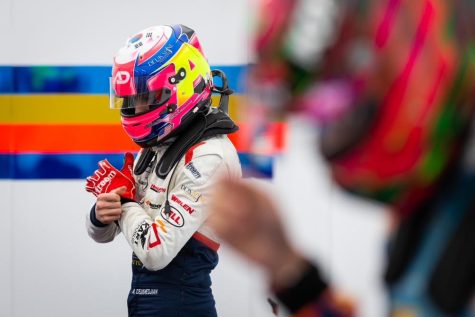
Favorite Formula One driver: Sebastian Vettel.
(Photo courtesy of Arias Deukmedjian.)
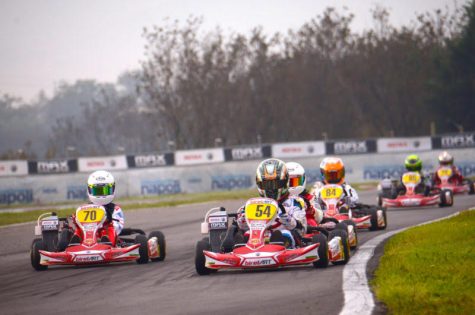
(Photo courtesy of Arias Deukmedjian.)
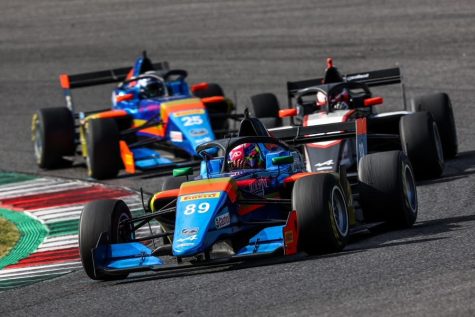
Career started: at the age of seven. (Photo courtesy of Arias Deukmedjian.)
.
Until then, his plan for the following weeks entails, “Strength training for racing endurance and virtual simulation practice to shake the car down in March at Spa-Francorchamps.” In the long term, his goal is simple—F1. With that focus, this coming racing season will largely determine which direction Arias Deukmedjian will go with his career, fortunately achieving his goal.
Overall, the racing industry itself is becoming increasingly more competitive and entertaining. While the average number of viewers per race has increased to nearly a million people, its popularity drives further appreciation for this fast-growing sport. At Lake Highland, Arias has been doing his part. By answering questions that students and teachers have to ultimately educate people about racing, he hopes to provide the general public with a more extensive understanding of Formula racing.

